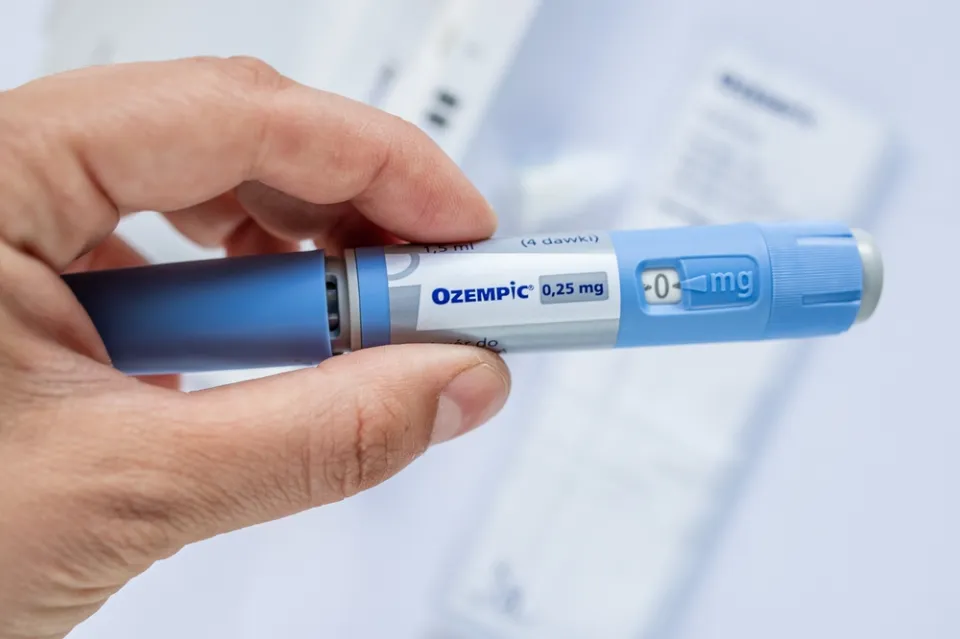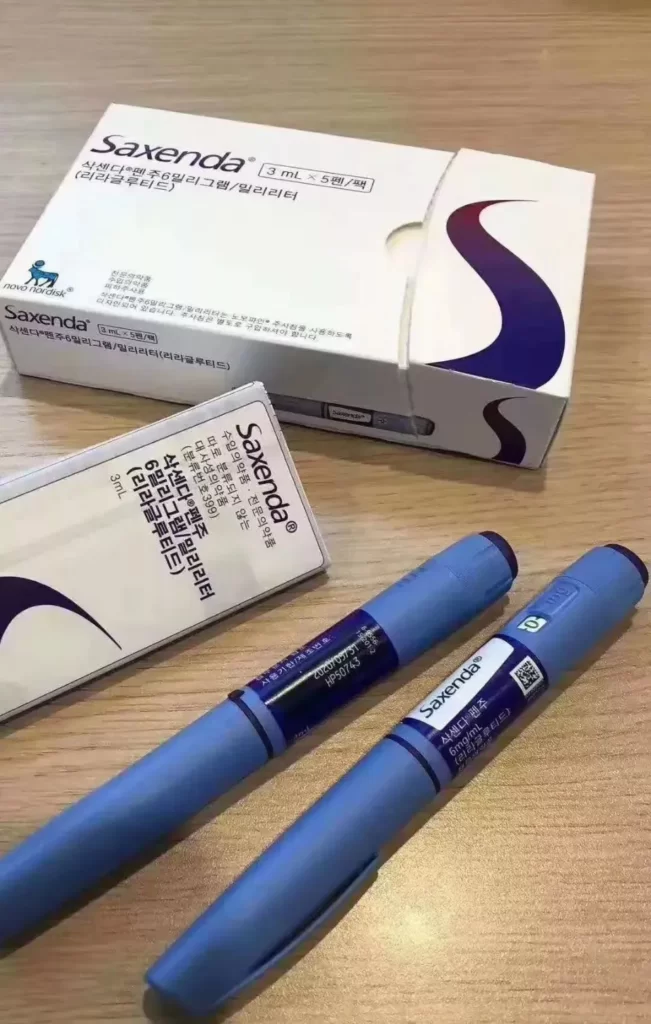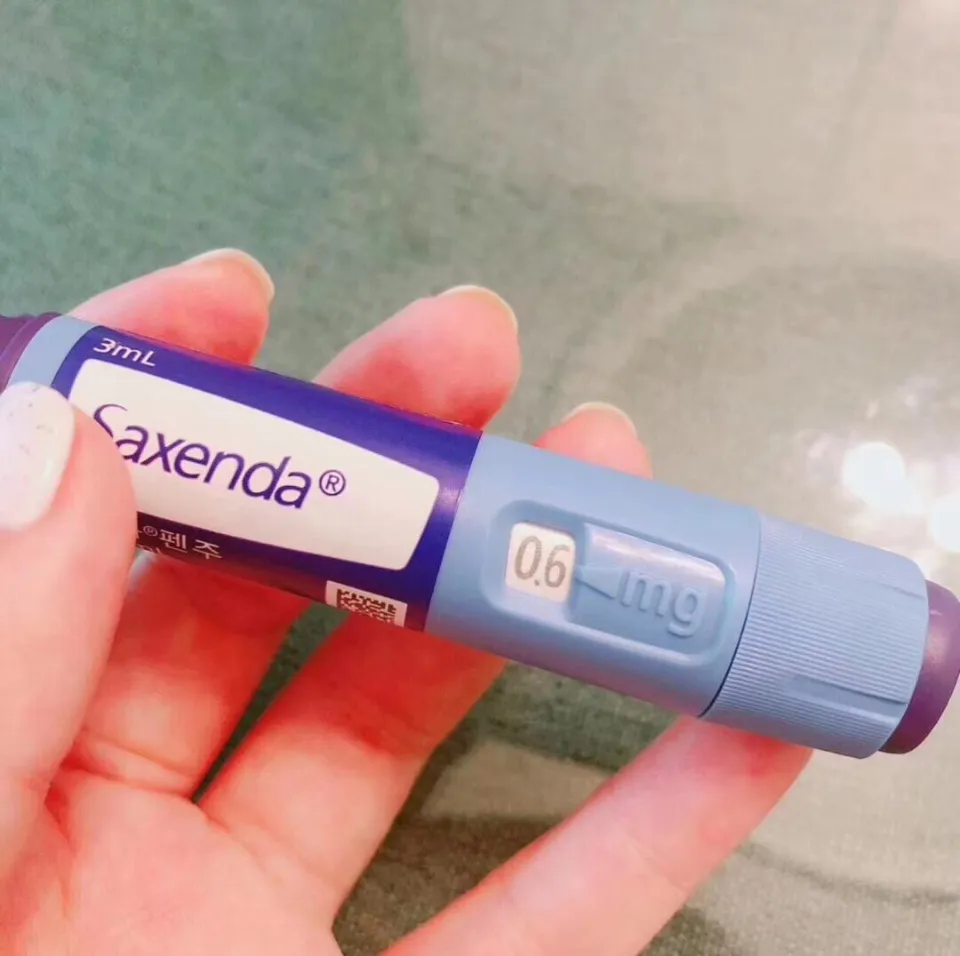
Why Am I Not Losing Weight on Saxenda – Addressing Lack of Progress
An obese person may be prescribed Saxenda to help them lose weight. However, despite using Saxenda, some users might not see much improvement.
The potential causes of the lack of weight loss while taking Saxenda will be discussed in this article, along with techniques for getting past plateaus and achieving the desired outcomes.
People can take full advantage of Saxenda’s advantages and work toward their weight loss objectives by being aware of these factors and taking action.
Does Saxenda Work Immediately?

It takes a little while for Saxenda to affect your weight, but it immediately suppresses your appetite.
Working up to the full dose of Saxenda takes some time. You begin by taking Saxenda once daily at a low dose of 0.6 mg. Over the course of the first five weeks, the dose is supposed to be raised 0.6 mg weekly. You can ask your doctor for advice on how to increase your dose. You will start taking the full 3 mg daily starting in week 5.
Your body adjusts to Saxenda by receiving an incremental dose increase. Additionally, it is a useful strategy for lowering the possibility of adverse effects. Saxenda has a few mild side effects, but not everyone experiences them. Some side effects are common when people first start taking Saxenda, for example:
- Nausea
- Vomiting
- Diarrhoea
- Constipation
- Headache
After a few days or weeks, these frequent side effects usually disappear. Saxenda’s side effects can be lessened by starting with a low dose. Saxenda’s impact on your appetite won’t start to peak for a few weeks, which is another consequence.
Also Read: How Rapid Is Weight Loss with Farxiga
How Long Does Saxenda Take to Work?
Individual differences affect how quickly Saxenda begins to work. Most people will have lost at least 5% of their starting body weight after 12 weeks of taking Saxenda at the recommended dose of 3 mg per day.
Considering Saxenda’s functionality may be beneficial. Your appetite is how Saxenda works. Liraglutide is Saxenda’s main active ingredient. GLP-1, also known as ligand-like peptide-1 (liraglutide), is a hormone that is similar to insulin. The GLP-1 hormone makes you feel fuller and less hungry after eating. Saxenda replicates the results of GLP-1. You will feel more satisfied as your appetite is reduced, which may encourage you to eat less food overall. It’s possible that you’ll discover that you can eat meals in smaller portions or snack less.
You will start to lose weight if you eat less. Changes in your food intake take time to have an impact on your weight.
Additionally, since your body needs time to adjust, it is preferable to lose weight gradually. If you lose weight quickly, you run the risk of regaining it. It takes long-term changes to get to a healthy weight and keep it there.

Even though it may seem difficult at first, it may be beneficial to consider your motivations for trying to lose weight. Set modest objectives for yourself. Taking fewer snacks or consuming smaller portions are two examples. Support from family and friends can also be beneficial.
Why Have I Stopped Losing Weight on Saxenda?
The majority of people are aware that for those who are obese, achieving and maintaining a healthy weight is a top priority. Sadly, there are numerous myths and falsehoods regarding the precise requirements for doing so.
As anyone on a weight loss journey can attest, there are fewer things more frustrating than hitting that dreaded “plateau” where weight loss seems to slow or, worse, experiencing weight gain. Several factors could be at play if you’re taking Saxenda and not losing weight, including:
- Diet—If you haven’t changed your diet in accordance with the fact that Saxenda is approved for use in conjunction with a low-calorie diet, it may prevent you from losing weight that you otherwise might be able to.
- Exercise—Saxenda works best when used in conjunction with increased physical activity and a healthy diet to help people lose weight and keep it off. To continue losing weight, it’s imperative to keep up regular levels of activity.
- Medications—Saxenda’s effectiveness may be impacted by specific medications, and vice versa. Inform your healthcare provider of all medications you take, including prescription and non-prescription drugs as well as vitamins and herbal supplements.
Research has also shown that people who lose weight on Saxenda early in their treatment journey are more likely to be successful in keeping the weight off, even though this may not entirely be in your control.
Why Am I Gaining Weight on Saxenda?
A plateau is one thing, but weight gain following weight loss is a major obstacle to treating obesity. It’s important to understand that there are ways to control the possibility of weight regain if you’re taking Saxenda and find that you’re gaining weight despite your concerns or confusion. Often, it comes down to making sure you’re following planned lifestyle changes.
Make sure you stick to a diet low in calories and high in nutrients if you’re trying to lose weight. Nutritious foods that meet these criteria include:
- Fruits and vegetables
- Whole grains
- Legumes, nuts, and seeds
- Lean proteins like seafood, skinless poultry, or egg whites
- Calcium-rich foods like low-fat yogurt and cottage cheese
According to research, following the World Health Organization’s advice when it comes to exercise is a good idea. 150 minutes per week of moderate-intensity aerobic physical activity, 75 minutes per week of vigorous-intensity aerobic physical activity, or an equivalent combination of both can help people on Saxenda achieve their goals and prevent putting the weight back on.

Getting your heart rate up with activities like brisk walking, cycling, or even running may help you lose about 20 pounds and keep them off for a full year.
Is It Guaranteed That Everyone Will Lose Weight on Saxenda?
While not everyone who takes Saxenda may lose weight, the majority of people do so over the course of a year when combined with a healthy diet and exercise routine.
Participants were enrolled in a 56-week study with an average BMI of 38.3 kg/m2 and a starting body weight of 233.9 lbs (106.3 kg).
Two groups participated in the study; one received Saxenda (2,487 patients) and the other a placebo (1,244 patients). Both groups adhered to calorie restrictions (500 fewer calories daily) and received exercise recommendations.
Compared to 34.4% of patients in the placebo group, 62.3% of those who took Saxenda lost at least 5% of their body weight (an average of 11.7 lbs [5.3 kg]).
After 8 weeks of therapy, substantial weight loss was frequently observed. 33.9% of patients in the Compared to 15.4% of those in the placebo group, the Saxenda group lost at least 10% of their body weight (an average of 23.4 lbs [10.6 kg]).
Despite not being the primary goal of the study, some participants lost 20% or more of their body weight, with 6% of Saxenda patients losing an average of 46.8 lbs (21.3 kg) compared to 3% of the placebo group.
Conclusion
Finally, there are a number of reasons why you might not be losing weight while taking Saxenda®. Working closely with your doctor will help you make sure you are taking the medication as prescribed, eating a healthy diet, and getting regular exercise.
Your weight loss process may also be influenced by other elements, such as prescription medications or underlying medical conditions.
You can improve your chances of losing weight with Saxenda and keeping it off permanently by being aware of these potential obstacles and making the necessary adjustments.





Average Rating